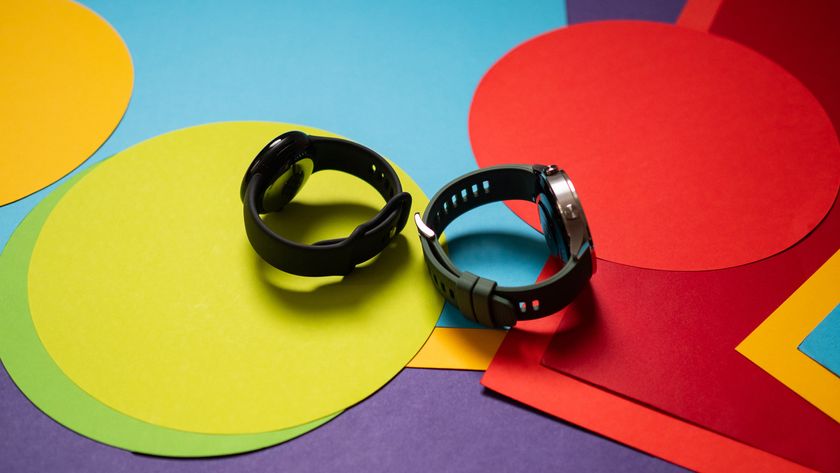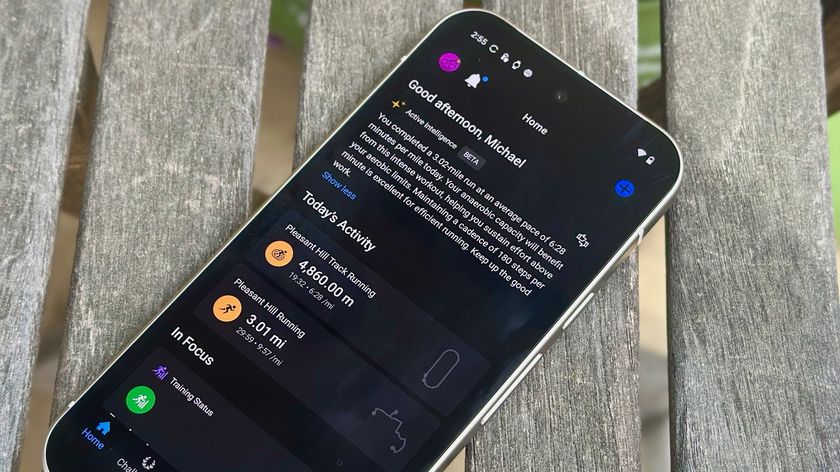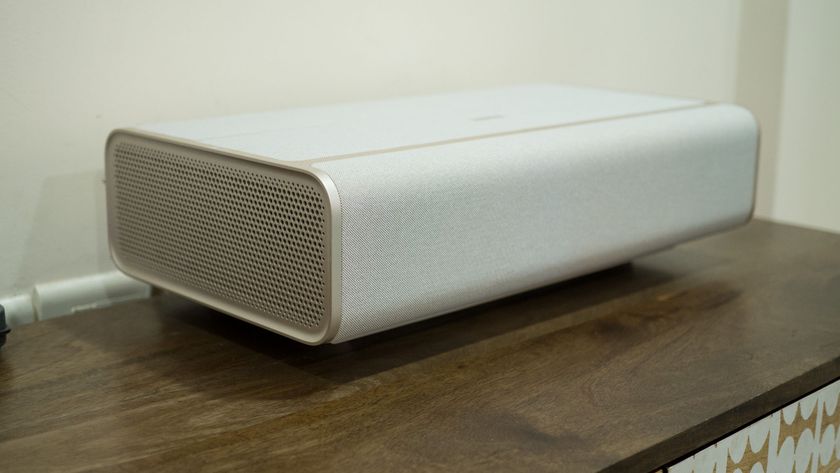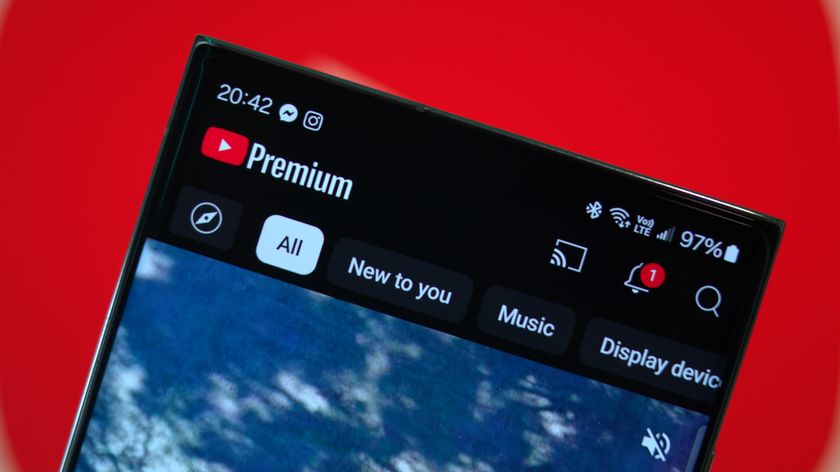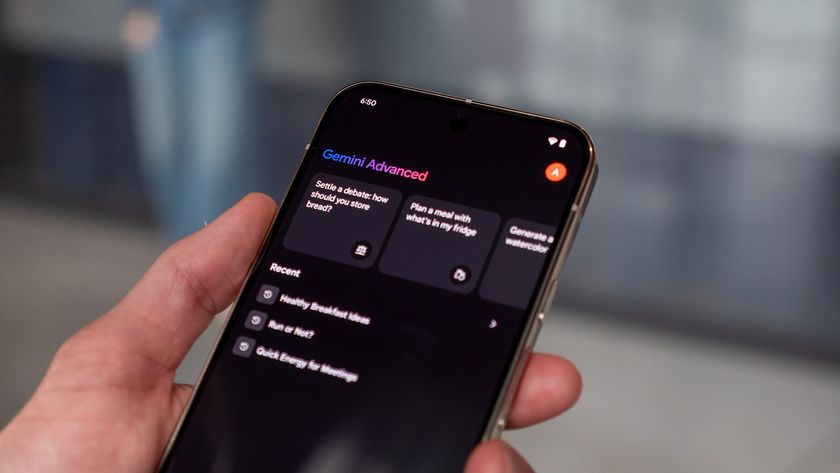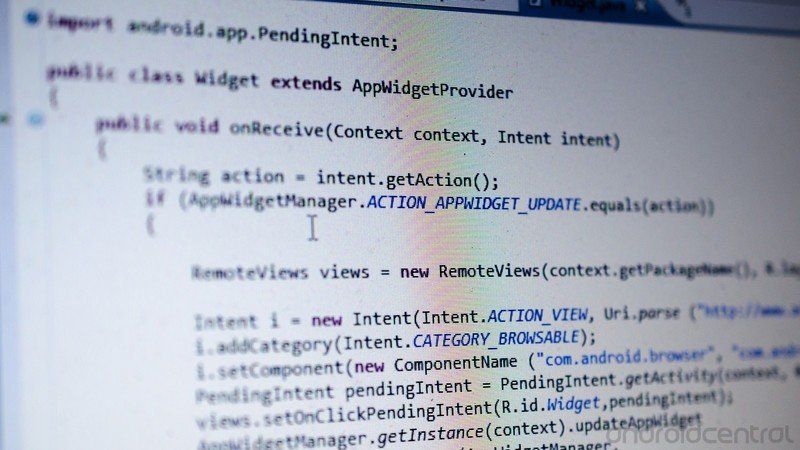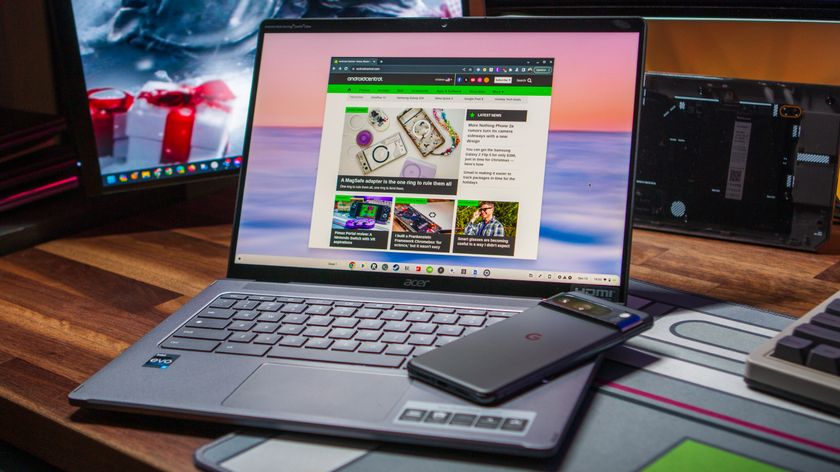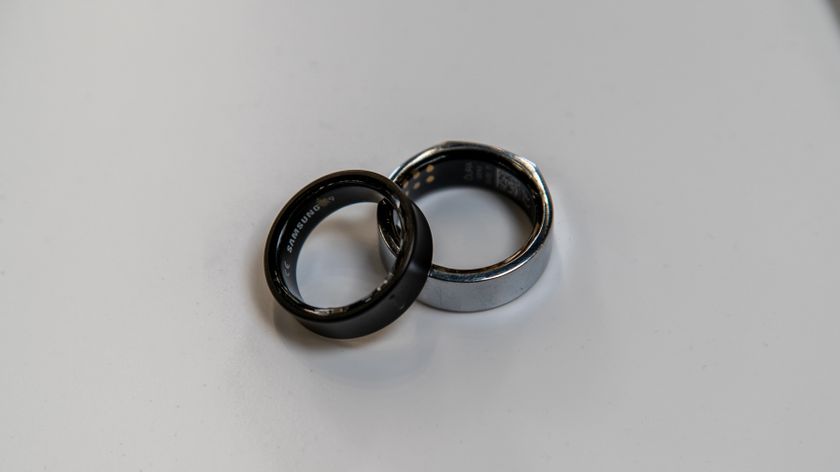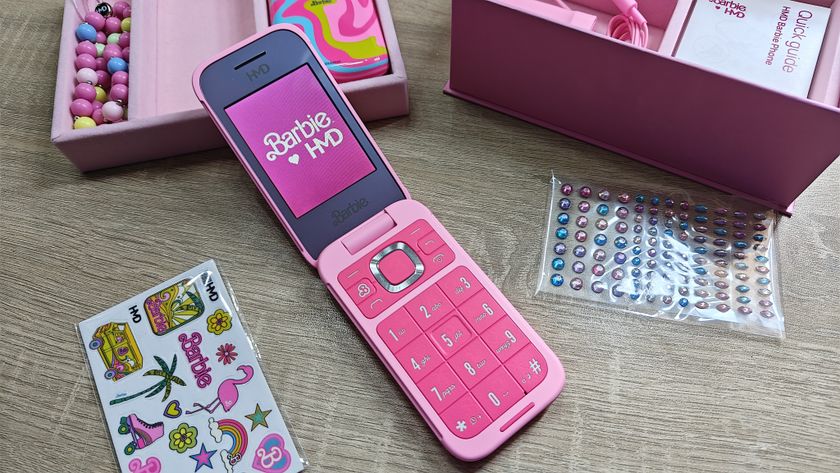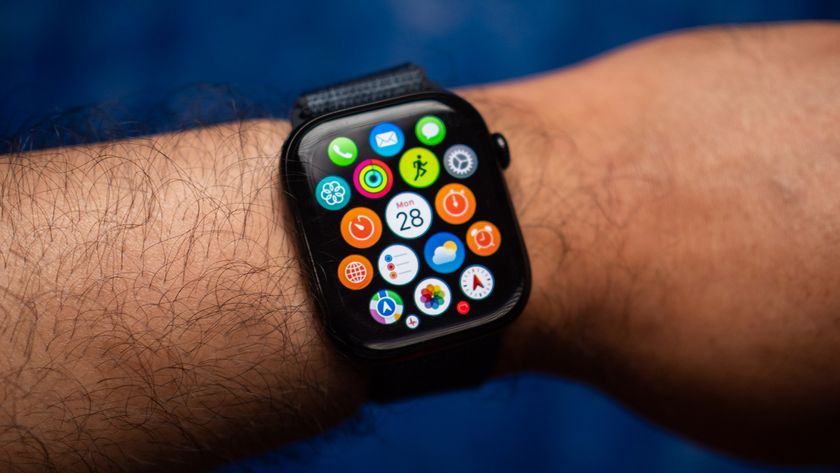Wear OS is still missing a major player, and now's the perfect time for a comeback
Instead of cheap squircle Moto Watches or wearable smartphone gimmicks, I just want the Moto 360 with modern hardware and Wear OS 5.
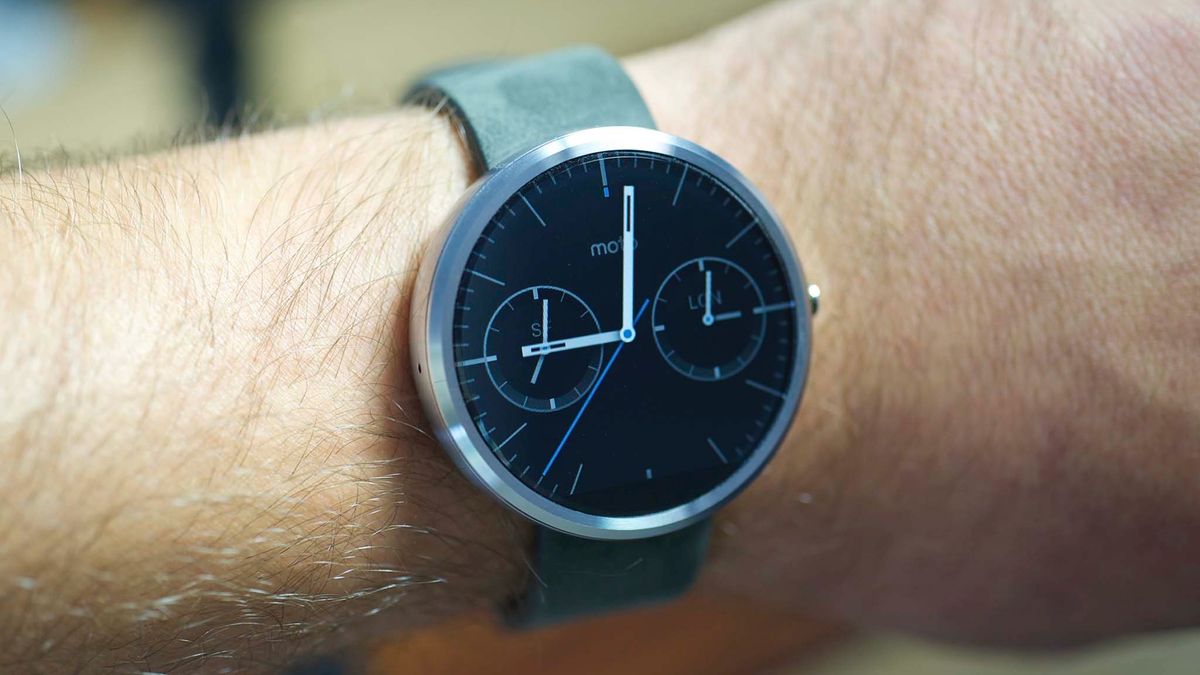
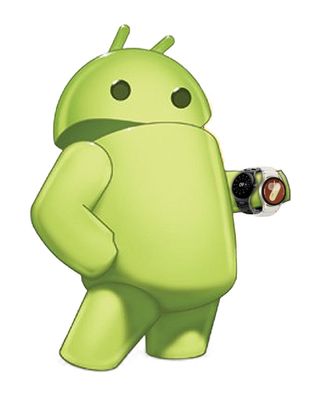
My weekly column focuses on the state of Wear OS, from new developments and updates to the latest apps and features we want to highlight.
I don't regret being late to the Wear OS party, missing years of buggy updates and terrible battery life. But my colleagues keep bringing up the gorgeous Moto 360 like it's the smartwatch holy grail. Now, I'm waiting impatiently for Motorola to follow in OnePlus and Xiaomi's footsteps and jump back on the Wear OS train.
I haven't spent that much time with Motorola phones, aside from the Razr Plus (2023) that I used to tempt my now-fiancee away from her iPhone. I enjoyed the foldable gimmick, but it's hard to stay too invested without a compelling Motorola smartwatch to pair with one.
Since I joined Android Central, Motorola has stuck with cheap squircles like the Moto Watch 40 and budget-minded circular models like the Watch 120, with the generic health tracking, week+ battery life, and basic smarts you'd expect in the $70–140 price range.
I don't blame Motorola for leaving the old version of Android Wear behind. But 2025 should be a transformative year for Wear OS, and even if a new Moto 360 will provide a very stock Wear OS experience, I think it's important for the brand to offer a more complete device package if it wants to stay competitive.
What Motorola did right (and wrong) with the Moto 360
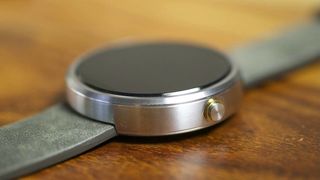
My Moto 360 perspective is entirely second-hand, as no one on staff has one anymore. But our original Moto 360 review gushed about its traditional round look at a time when the LG G Watch and Samsung Gear Live were square; this watch and the original Huawei Watch helped define "round" as the default Android watch look.
It was far from perfect. It had a chin bezel for the ambient light sensor, a lower PPI than other watches at that time, battery life that required nightly charges — a full day wasn't a guarantee — and the limitations of early Wear software across brands.
The 2nd-gen Moto 360 (2015) added a crown, slimmed down the bezel (though it kept the sensor chin), improved the battery life, and stuck to the style and sensors that stood out among Wear watches.
Be an expert in 5 minutes
Get the latest news from Android Central, your trusted companion in the world of Android
Then Motorola bowed out of the smartwatch game, licensing out the Moto 360 (3rd Gen) to be made by a company called eBuyNow. It had a thick steel design (see below) that didn't quite stand out among Wear OS watches the way its predecessors did. It relied heavily on Google Fit software and reportedly had poor battery life and connectivity issues.
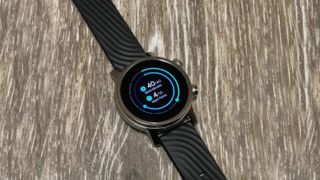
I believe the biggest issues were outside of Motorola's control. It depended on Qualcomm's Snapdragon Wear hardware and Google's Android Wear software, both of which had significant and documented issues in that early era.
While I don't have any insider account on Motorola's Wear perspective, we know 2020 was around the time OnePlus's CEO said they tried to "work with Google to try to improve" Wear OS for "better device interoperability" between phones and watches, but it gave up and used a proprietary OS for the first OnePlus Watch.
You also have Xiaomi trying out Android Wear on the Mi Watch in 2019, then leaving it behind until its Watch 2 Pro in 2023.
The common thread is that Google's 2021 Wear OS partnership with Samsung — and much-improved Snapdragon W5 Gen 1 hardware — righted a sinking ship and brought OEMs back into the fold. But Motorola remains a missing link.
Motorola is too big to depend on cheap RTOS watches
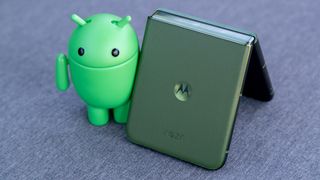
Out of the Android OEMs that made Wear watches but haven't used Wear OS 3+ — ASUS, Huawei, LG (RIP), Motorola, OPPO, and ZTE — Motorola feels like the most natural fit with unfinished Wear OS business.
Parent company Lenovo owned a substantial 5% of the global 2024 smartphone market (per Canalys), while Motorola, Honor, and Huawei were the "fastest-growing OEMs among all the top 10 brands" in 2024 (per Counterpoint).
Assuming Motorola phones aren't banned next month, they'll keep their substantial footprint. Foldables like the Razr Plus 2024 are catnip to Android power users, but I suspect they get most of their business from well-made budget phones like the Moto G Power 2025.
Either way, these users are stuck choosing between Wear OS watches with exclusive features that won't work on Motorola phones, fitness watches without proper messaging, or cheap Moto Watch models that still rely on Google Fit and the most basic health tracking. Only one, the Moto Watch 120, has Bluetooth calling with no LTE and only supports a passthrough version of Google Assistant from your phone.
Why now's the time for Motorola to dive back into Wear OS
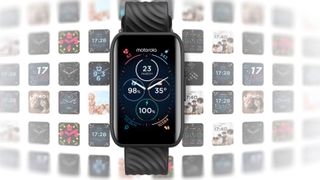
Moto 360 watches were held back by the crappy hardware of their time. Now, picture one with the new Snapdragon chip likely coming this year, enhanced with newer cores and AI capabilities, with battery life that consistently lasts a couple of days per charge.
Then pair it with Wear OS 5 — since Google and Samsung will probably keep Wear OS 6 to themselves until 2026 — and give Motorola users access to proper wearable apps, with the rumored Gemini-on-Wear-OS update arriving soon after.
And now that Masimo is handling biosensing tech for Wear OS, Motorola could dive right into the ecosystem with a higher standard of health tracking rather than having to play catch-up.
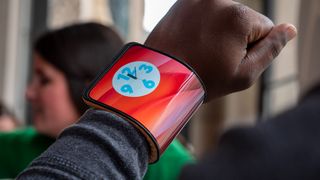
Most OEMs wouldn't be interested, but Motorola still relies on Google Fit for its RTOS watches, even though the API shuts down this year. I think if Motorola had the option to let Google handle the fitness software and could focus on wearable tricks, it would.
As it is, Motorola is spending a lot of R&D toying with wearable phones like the ones above that are fun to try out but very impractical and not anything you'd call stylish. It's the exact opposite of the principle that defined the original Moto 360: stepping away from the squarish watches of the time and blending in with traditional accessories.
Instead of trying to reinvent the wheel, I'd be perfectly happy to see a budget Moto Wear OS watch. It could follow the template of the OnePlus Watch 2R and Galaxy Watch FE, cheap Android watches that would appeal to the same group that buys $200–400 phones. In particular, the 2R has that multi-day battery life that practical Moto fans love.
Motorola, give us a stock Moto Wear OS watch with Google software that unleashes more smarts, health insights, and fitness tools to Motorola users — and evokes a classic round watch look. Until we get more hybrid smartwatches, we need this brand to come back and fill Fossil's niche, bringing a little more style and class to Wear OS.

Michael is Android Central's resident expert on wearables and fitness. Before joining Android Central, he freelanced for years at Techradar, Wareable, Windows Central, and Digital Trends. Channeling his love of running, he established himself as an expert on fitness watches, testing and reviewing models from Garmin, Fitbit, Samsung, Apple, COROS, Polar, Amazfit, Suunto, and more.
You must confirm your public display name before commenting
Please logout and then login again, you will then be prompted to enter your display name.

